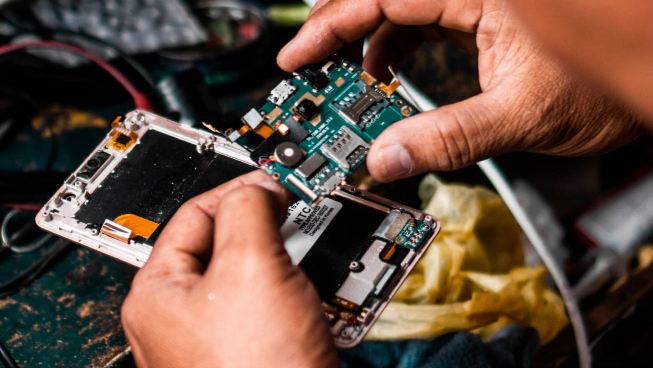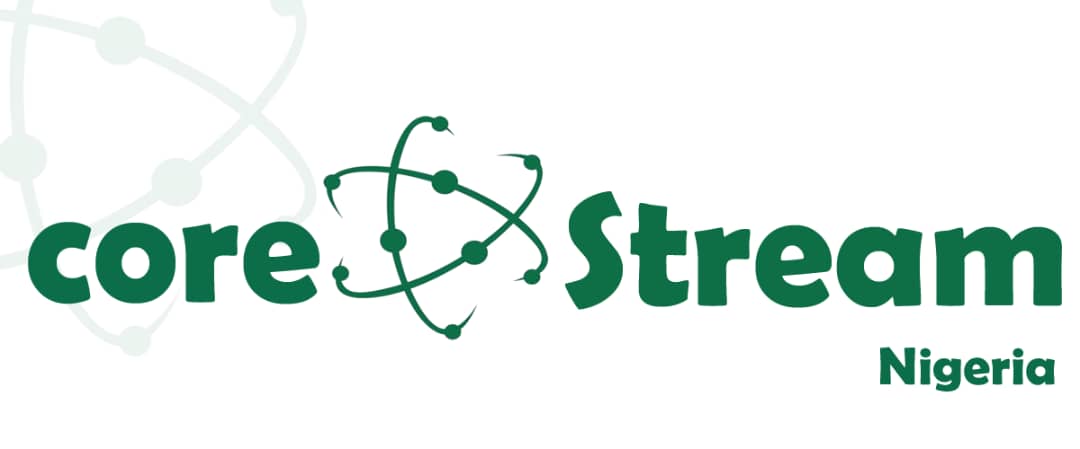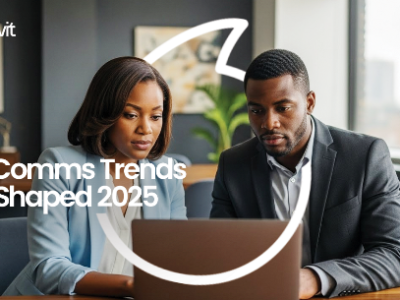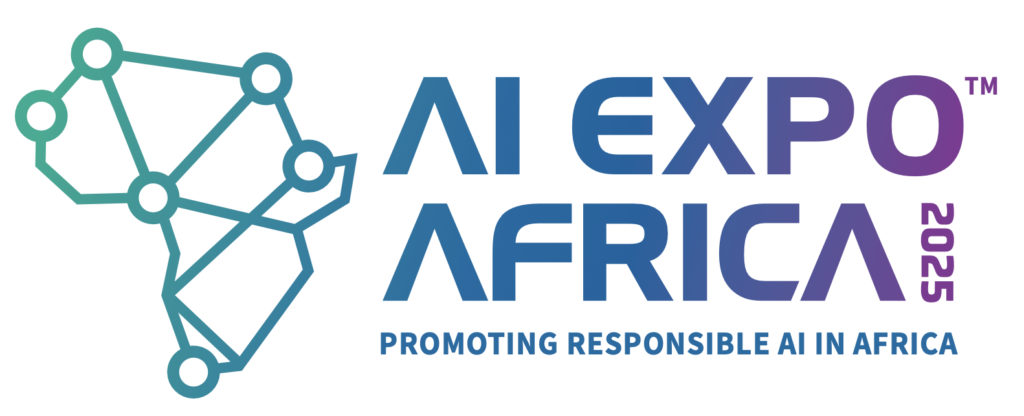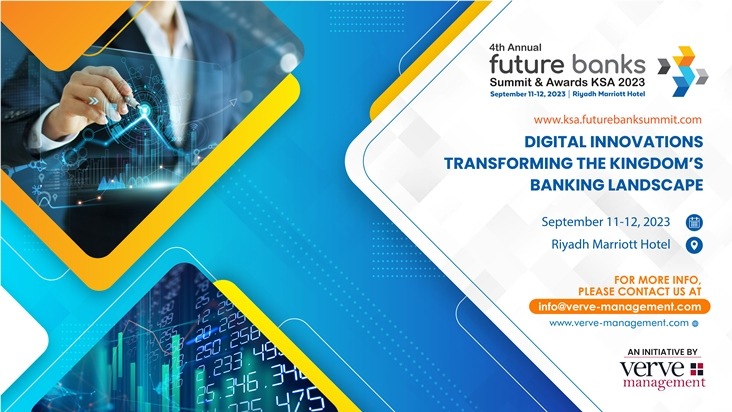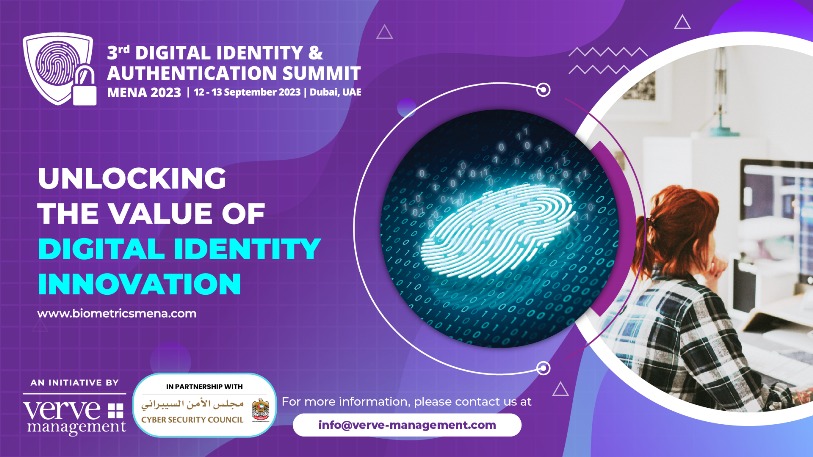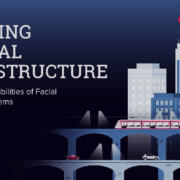As companies race to fulfil their 2030 sustainability commitments, delaying device refreshes only raises energy consumption, carbon emissions and electronic waste. Qrent offers an immediate solution, high‑quality refurbished laptops and desktops that not only reduce an organisation’s environmental footprint but also kick‑starts a true circular‑economy cycle.
RELATED: The ESG Reporting Dilemma: Are South African companies greenwashing their sustainability metrics?
Kwirirai Rukowo, Managing Executive at Qrent, says with InnoVent’s expert rebuild‑and‑reuse programme, every machine you lease is guaranteed a second life – return after just 3–4 years for full remanufacture – so you meet UN SDG 12 targets now, not in 2030.

Kwirirai Rukowo, Managing Executive at Qrent
“By leasing and redeploying refurbished IT hardware, our clients can immediately report on reduced emissions and resource savings – instead of deferring impact until equipment end‑of‑life in five or more years.”
“Through our partnership with Circular Computing, we issue clients with certified environmental‑impact certificates that quantify four key pillars of benefit (e.g., carbon avoided, water saved, landfill waste prevented, and critical‑minerals conserved) for every refurbished laptop deployed,” he explains.
Extending life span of devices through refurbishment
While sweating devices li to seven or nine years seem to align with sustainability goals, it can result in jeopardising the ability to extent efficiently and effectively extend the life span of such devices through refurbishment. Delaying refresh cycles stalls participation in the circular economy, leading to stockpiles of idle equipment and a greater risk of improper disposal and e-waste.
In contrast, Qrent’s model ensures continuous reuse: after 3–4 years in service, devices are returned to InnoVent, where they are expertly refurbished to ‘like‑new’ condition, ready for redeployment. This accelerates the circular loop, reducing material extraction, manufacturing emissions and final‑stage disposal.
Building refurbished devices into managed mobility and IT‑asset strategies
According to Gartner, organisations that incorporate refurbished devices into managed mobility and IT‑asset strategies gain both sustainability and financial benefits. Gartner’s 2025 Managed Mobility Services Market Guide highlights that offering refurbished devices can slash procurement costs by up to 40 percent while cutting scope‑3 emissions associated with manufacturing new hardware.
Furthermore, Gartner’s “What CIOs Need to Know About Digital Sustainability” report found that digital‑sustainability initiatives – including device refurbishing – are among the top three most impactful levers for reducing IT’s carbon footprint, with potential to reduce overall corporate emissions by 2–5 percent in the first year of adoption.
Long before the UN codified the SDGs in 2015, Qrent’s founders recognised the environmental toll of discarded IT hardware. Since its inception in 2003, the company has championed sustainable consumption, rescuing perfectly functional equipment from landfill and offering it back into the market at a fraction of the cost. This ethos aligns directly with SDG 12’s objective to “substantially reduce waste generation through prevention, reduction, recycling and reuse” by 2030.
“Refurbishment isn’t just about cost savings. It’s about immediate ESG impact, reporting transparency and creating a true circular‑economy cycle—today, not five years down the line,” he concludes.
ESG made easy: Qrent issues impact certificates for every refurbished device

